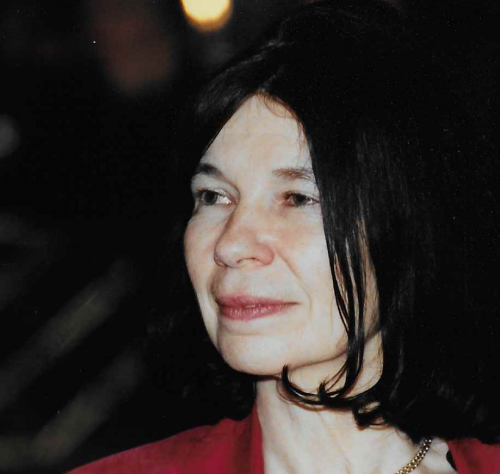
Tricia Cohen, co-founding Principal Investigator of the MRC Protein Phosphorylation Unit died from Lymphoma on August 2020. She was 76.
After graduating with a B.Sc in Biochemistry from University College London (UCL) in 1966, Tricia obtained her PhD in physical anthropology in 1969 working under the joint supervision of Nigel Barnicot, a physical anthropologist at UCL and Ernst Huehns, a haematologist at University College Hospital. The aim of the project was to investigate if old and new world monkeys could be classified by sequencing their haemoglobins (sequencing the proteins, not the DNA, since gene cloning would not invented for over another decade). Tricia also studied mutations in human haemoglobins and their variation in remote African tribes. It was an extremely successful project, Tricia publishing (under her maiden name of Wade) no less than four papers in Nature from her thesis work, and was the first author on three [1, 2, 3, 4]. Two were published within a year of starting her PhD!
Tricia then spent two years carrying out postdoctoral research in the Department of Medical Genetics at the University of Washington, Seattle, in the laboratory of Arno Motulsky where she studied genetic variation and polymorphisms in human brain proteins with Gilbert Omenn [5, 6, 7].
Tricia began her independent research career in the embryonic Biochemistry Department at Dundee in October 1971, initially supported by a one-year postdoctoral fellowship from the UK Government awarded to British scientists returning from North America. She was employed by the University of Dundee from 1973-1990 on a part time contract that was renewed annually, because she wanted to spend a lot of time with her children when they were young (Suzanne was born in 1974 and Simon in 1977). She worked mornings until they were five, then primary school and later high school hours, but frequently returned to the lab in the evening once the children were asleep. Paid maternity leave was unheard of at the time!

A key turning point in her career came in 1981 on the Greek Island of Spetses, where Philip was lecturing at a Summer school. Tricia spent the week with the children on the beach and never went to a single lecture, yet always recalled it as the most important conference of her life. Over dinner each evening she talked for hours about the emerging technique of gene cloning with Donna, a scientist attending the conference, whom she never met again. These discussions inspired Tricia to retrain herself as a molecular biologist when she returned to Dundee, initially by reading Molecular Cloning: a laboratory manual written by Tom Maniatis. Compared to today, the methods used were primitive and one had to start by making one’s own cDNA libraries from the tissues of interest. Her first success was to clone and sequence phosphorylase kinase, one of the first protein kinases to be cloned [8].
Tricia then decided to take a crack at cloning the catalytic subunits of protein phosphatase (PP) 1 and PP2A, enzymes that had recently been purified from skeletal muscle in Philip’s lab. Using peptide sequences from a few tryptic peptides that had been determined, Tricia succeeded in determining the complete amino acid sequences of both proteins by gene cloning [9], [10], [11], [12]. In those days one had to read the sequencing gels by eye and translate the DNA sequence to the protein manually, which Tricia began on a boat between Naples and the Isle of Ischia in 1987 on route to a conference where we had both been invited to lecture. I recall the huge excitement when Tricia saw for the first time that PP1 and PP2A were structurally related and therefore members of the same gene family.
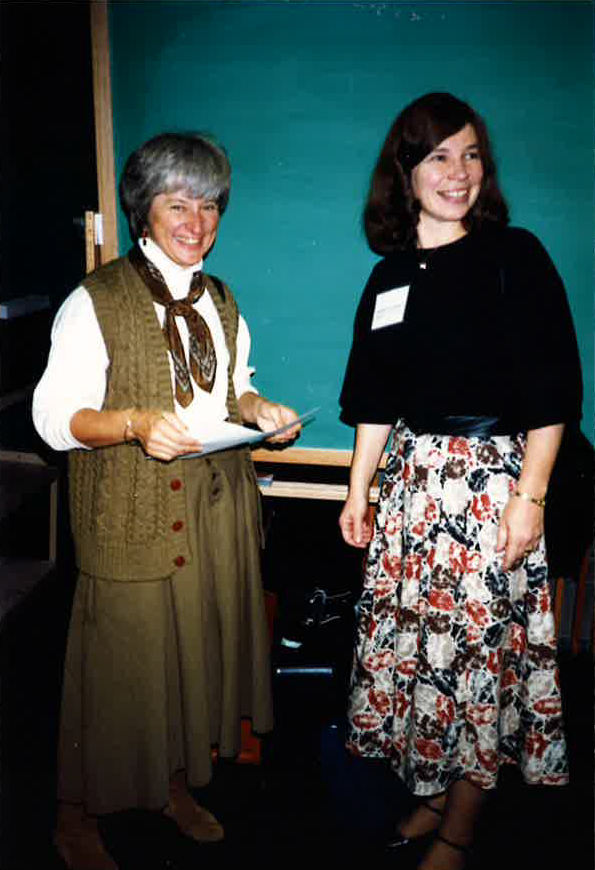
Tricia went on to identify many other members of what became known as the PPP family of protein phosphatases, which included the phosphatases, later called PP4, PP5 and PP6 [13], [14], [15], and made major advances in identifying the physiological roles of PP4 and PP5 and how they were regulated. She discovered a related gene encoded in the genome of bacteriophage λ, which Philip showed was catalytically active [16]. Today, the Phage λ phosphatase is used routinely by thousands of labs worldwide to remove phosphate from proteins. Tricia also cloned and sequenced the isoforms of PP2C, the prototypic members of the PPM subfamily of protein phosphatases [17].
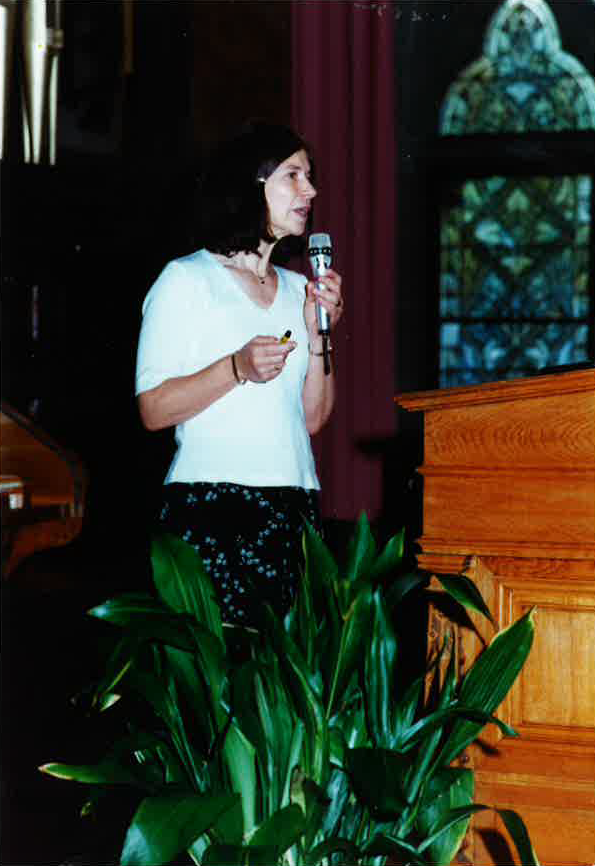
Tricia's ability to clone and express large amounts of these phosphatases led to an extremely productive collaboration with the crystallographer David Barford which was initiated when David spent a year in Tricia’s lab in 1990. David went on to determine the three-dimensional structures of PP1 [18] and PP2C [19] and the TPR domains of PP5 [20], the first crystal structure of a TPR domain. Tricia also cloned and characterised many of the regulatory and targeting subunits of PP1, identifying how, for example, the hepatic, glycogen-associated form of PP1 is regulated by insulin and by the level of glucose in the blood.
Tricia published over 120 papers on protein phosphatases between 1987 and 2015, a period in which 34 postdoctoral researchers and 17 PhD students were trained in her lab.
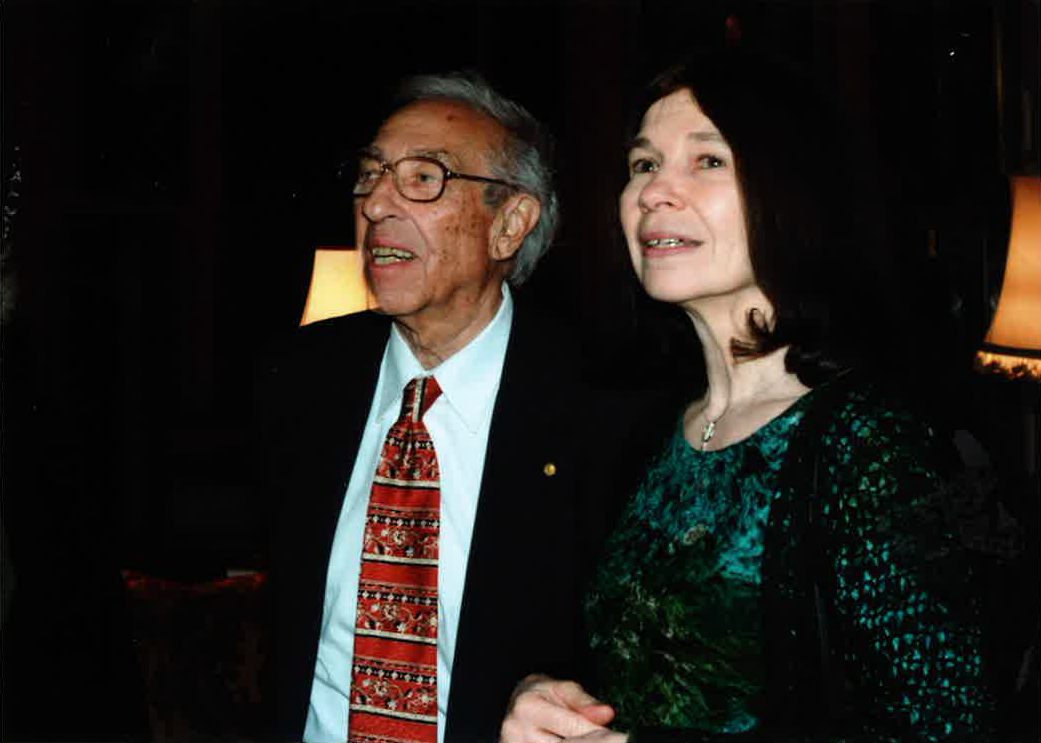
In 1990, the Medical Research Council decided to establish a Protein Phosphorylation Unit in Dundee under Philip’s Direction with Tricia as its Head of Molecular Biology. Tricia became an employee of the Medical Research Council, the first full time, pensionable salary she had ever received! To mark her achievements Tricia was awarded an honorary Professorship by University of Dundee in 2001.
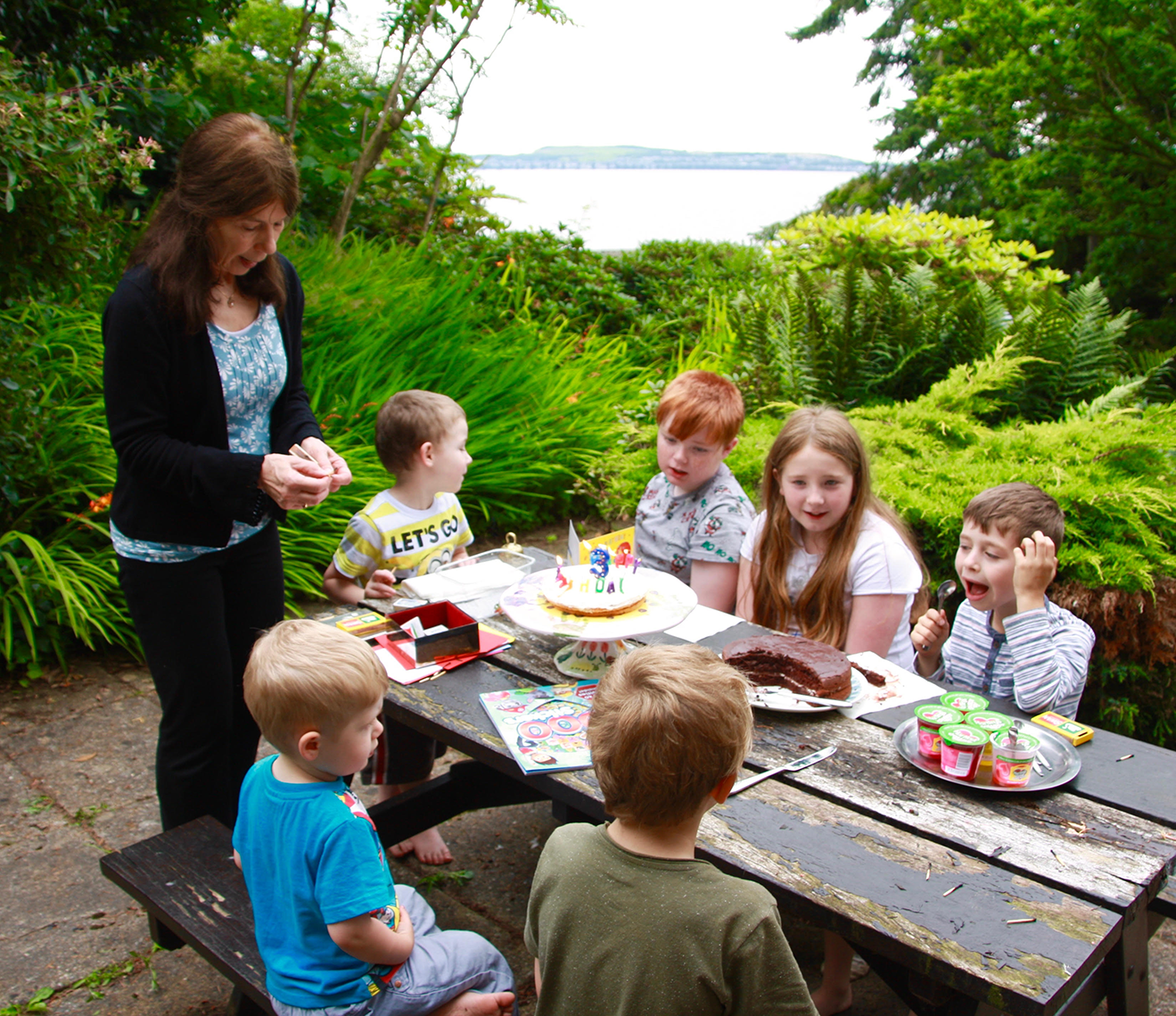
Tricia was an exceptionally talented experimentalist who loved working at the bench and was able to perfect and exploit very difficult to use techniques, such as the fiendish P-element mutagenesis by which she made mutations in genes encoding protein phosphatases in the fruit fly. She worked ferociously “to catch up for lost time”, and continued to do experiments herself until two years ago. Yogesh Kulathu recalls “my first memories of Tricia are from the time I started as a PI at the Unit (7 years ago) and would be doing experiments late in the evening and would almost always find Tricia in a lab coat also at the bench.”
A symposium to celebrate Tricia’s career in science will be held in due course when circumstances permit. An obituary focused on other aspects for her life, was published in the Dundee Courier on August 27th and can be viewed on-line.
Philip Cohen
References
1. Wade et al, (1967) Nature 215, 1485-1487
2. Wade et al, (1967) Nature 216, 688-690
3. Barnicot et al, (1970) Nature 228, 379-381
4. Wade Cohen et al, (1973) Nature 243, 467-468
5. Wade Cohen and Omenn (1972) Biochem. Genet. 7, 289-301
6. Wade Cohen and Omenn (1972) Biochem. Genet. 7, 303-311
7. Wade Cohen et al, (1973) Nature 241, 229-233
8. Cruz e Silva et al, (1987) FEBS Lett. 220, 36-42
9. Cruz e Silva et al, (1987) FEBS Lett 221, 415-422
10. Berndt et al, (1987) FEBS Lett 223, 340-346
11. Cruz e Silva and Cohen (1987) FEBS Lett 226, 176-178
12. Cohen (1988) FEBS Lett. 232, 17-23
13. Brewis et al,(1993) EMBO J. 12, 987-996
14. Chen et al, (1994) EMBO J. 13, 4278-4290
15. Mann et al, (1993) EMBO J. 12, 4833-4842
16. Cohen and Cohen (1989) Biochem. J. 260, 931-934
17. Mann et al, 1992 Biochim. Biophys. Acta 1130, 100-104
18. Egloff et al, (1995) J. Mol. Biol. 254, 942-959
19. Das et al, (1996) EMBO J. 15, 6798-6809
20. Das et al (1998) EMBO J. 17, 1192-1199
A few tributes
Hundreds of tributes have been received from collaborators, scientists, former team members and colleagues around the world since the news of Tricia’s passing was released. Excerpts from a few are shown below.
David Barford, Head of Structural Studies, MRC Laboratory of Molecular Biology, Cambridge , UK.
I admired Tricia and remember how helpful, generous and supportive she was when I moved to Dundee exactly 30 years ago. I was completely ignorant of molecular biology techniques, and Tricia was extremely kind and patient teaching me (a protein crystallographer) how to clone protein phosphatases, even after many initial failures. I am very pleased we have been able to continue our successful collaboration since I left Dundee.
Robert Kay, MRC Laboratory of Molecular Biology, Cambridge.
I am so sorry to hear of Tricia's passing. My memory of her goes back to early days at UCL and her PhD with Barnicot, which was way ahead of its time. And your Wedding, my visits in between, and her later career flourishing in phosphatases. A lovely lady.
Susan Taylor, Professor of Chemistry University of California San Diego.
“Being a woman scientist over this time frame was not always easy, but Tricia was always there at the bench. I am not sure how you met but it was one of those special events that changed the course of many lives and the science of (cell) signalling”.
Anne Bertolotti, MRC Laboratory of Molecular Biology, Cambridge.
“Her work will live. As you know, I continue, with passion, what you both have started”.
Ben Neel, Director of the Perlmutter Cancer Center, New York
“I just heard the sad news about Tricia. I remember so well our day trip for a great grilled fish lunch at the Porto meeting along with many other pleasant memories from phosphatase (and other) conferences these many years. I know that words are inadequate at times like these, but hope you take comfort in knowing how well regarded and admired Tricia was by her friends and colleagues.”
Miles Houslay Professor Emeritus, University of Glasgow.
Tricia was such a lovely person as well as being a great scientist who impacted upon and inspired a lot of people.
Shirish Shenolikar (Professor Emeritus, Duke University USA).
I was so saddened to hear of Tricia’s passing. I had the pleasure of spending a lot of time with her at many phosphatase conferences! I personally enjoyed her humour and good company whether we were fighting our way through a frustrating round of golf or relaxing over a late-night beer! I have so many wonderful memories of my time with Tricia e.g. when (David) Brautigan and I were shouting at her as she was teeing off that there was black bear in the tree close to the tee box. Tricia mistook our calls of “a bear behind” for comments on her “bare behind”! Lots of fond memories and never the right words to say how I feel but I will miss her greatly!
Chris Armstrong, President of Clinical Trials, ThermoFisher, Pennsylvania, USA PhD student with Tricia 1992-1996.
Tricia took a risk on me in 1992 as someone with a rather unimpressive pedigree. My experiences in Dundee shaped my journey and I will always be grateful for the support that she gave me.
Greg Findlay, Principal Investigator MRC-PPU, Dundee.
Tricia gave me the opportunity to work in her lab as an undergraduate student and then as a technician. She gave me many pieces of invaluable advice about where and with whom to pursue my future scientific endeavours. I will miss her mentorship very much.
Gareth Brown, AstraZeneca UK. PhD student with Tricia 1996-2000.
Like many of her students, my years in Dundee working in her laboratory were amongst the most formative in my life and taught me skills which I use to this day in my work & career. I know that she will be missed by all who knew and worked with her.
Nick Helps, Head of Health and Safety, University of Dundee. Postdoc with Tricia 1992-1998.
I am so very grateful for all that Tricia did for me and the support and encouragement I received over many years. I have so many fond memories of the Unit and was so happy to be a part of it. I will remember Tricia; a remarkable person who achieved so much and benefited so many others, but who was also a dedicated wife, mother and grandmother.
Viktor Dombradi, Professor Emeritus, University of Debrecen, Hungary.
Tricia was my mentor in the field of molecular biology and her guidance changed my scientific career forever. I will always remember her with the greatest respect and affection.
Simon Arthur, Professor and Head of the Division of Cell Signalling and Immunology, University of Dundee.
For me, Tricia will always be an integral part of the department which made it such a good place to work.
Colin Watts, Professor Emeritus, University of Dundee.
My memories of Tricia extend from practically our first day in Dundee in 1986 when you both invited Sue and I to your house for dinner. When we moved to the 2nd floor as the first occupants of the Brunskill lab, which I remember was funded by a bequest from one of Tricia's relatives.
Andy Flavell, Professor of Plant Sciences, University of Dundee.
I both liked and admired Tricia greatly. Like a great wine, she grew on me as the years passed. Some of my fondest memories of her came from wandering around Braemar (golf course), chatting about our families, work, and of course golf. I even enjoyed being beaten thoroughly by her in the Dow Putter!
Michael Rosemeyer (Philip’s PhD supervisor).
Tricia always seemed such an unflappable person, and even seemed to bear her pain with calmness when I last happened to speak to her, when she was being treated for her illness. I remember her with great fondness. Having known both of you since around 1963, when you were undergraduates and I was a gauche, faltering lecturer at UCL, it brings back many memories.

